Original article
- Page Path
-
- HOME
- ARTICLE CATEGORY
- Original article
- Original Article
- Neurobehavior
- Association between previous abortion history and risk of autism spectrum disorders among offspring: a meta-analysis
- Ensiyeh Jenabi, Erfan Ayubi, Saeid Bashirian, Mahdieh Seyedi, Mohammad Rezaei
- Clin Exp Pediatr. 2023;66(2):70-75. Published online August 17, 2022
-
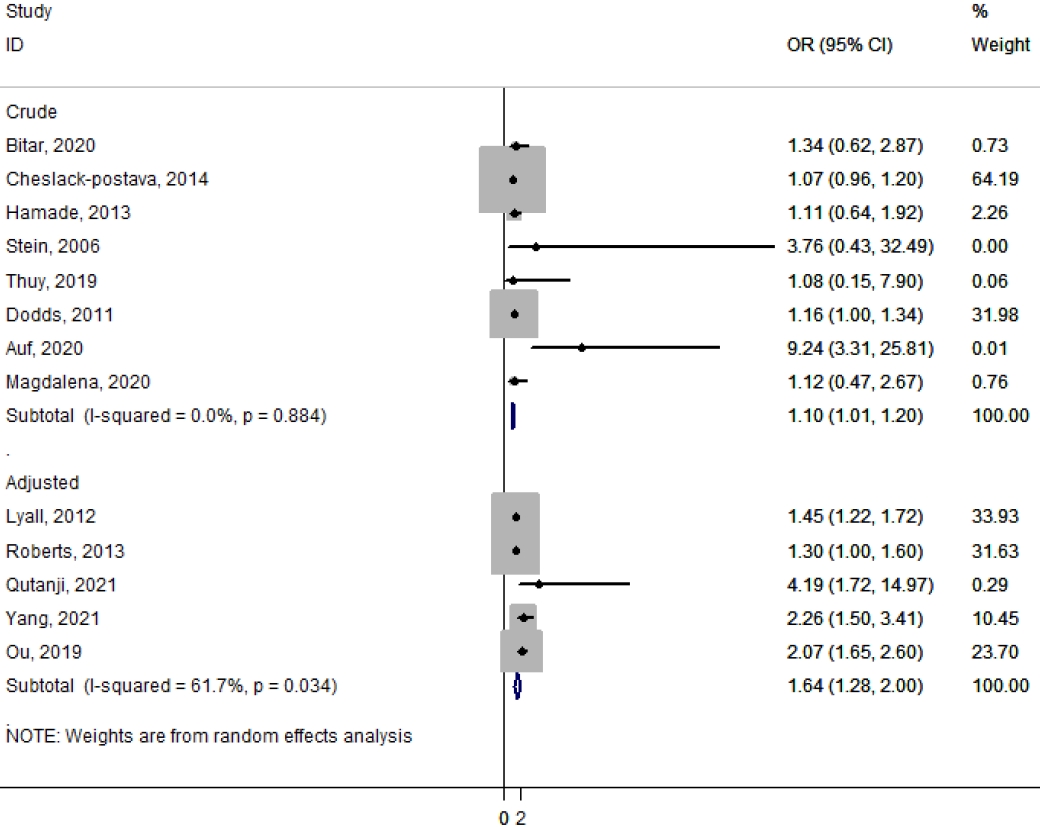
Question: This study aimed to determine whether there is an association between previous abortion history and the risk of autism spectrum disorders (ASDs) among children.
Finding: We found that the risk of ASD associated with previous abortion history had an odds ratio of 1.64 (95% confidence interval, 1.28–2.0; I2=61.7%).
Meaning: These findings suggest a positive and significant association between history of previous abortion and risk of ASD in children.
- Neurology
- Long-term neurological cognitive, behavioral, functional, and quality of life outcomes after fetal myelomeningocele closure: a systematic review
- Andre Marolop Pangihutan Siahaan, Martin Susanto, Sarma Nursani Lumbanraja, Dwi Herawati Ritonga
- Clin Exp Pediatr. 2023;66(1):38-45. Published online November 30, 2022
-
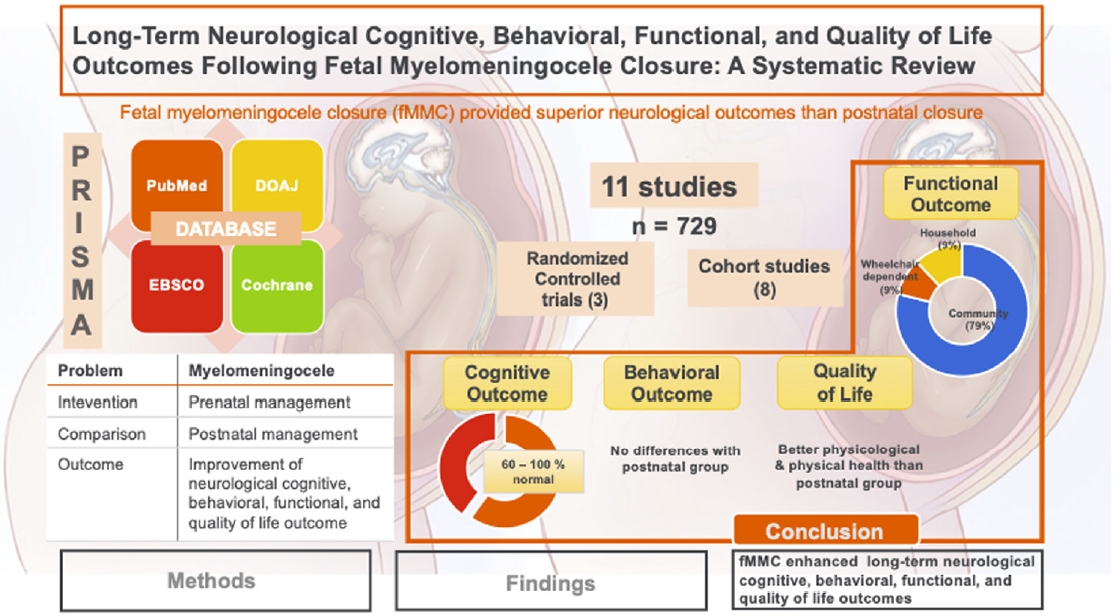
· Fetal myelomeningocele closure significantly improved long-term neurological cognitive, behavioral, functional, and quality of life outcomes, most likely by reducing hydrocephalus rates.
· However, fetal myelomeningocele closure is associated with a significant risk of pregnancy complications, especially premature rupture of membranes and preterm delivery.
- Neonatology (Perinatology)
- A thickened formula reduces feeding-associated oxygen desaturation and bradycardia in preterm infants
- Gayoung Lee, Juyoung Lee, Ga Won Jeon, Yong Hoon Jun
- Clin Exp Pediatr. 2023;66(1):32-37. Published online December 15, 2022
-
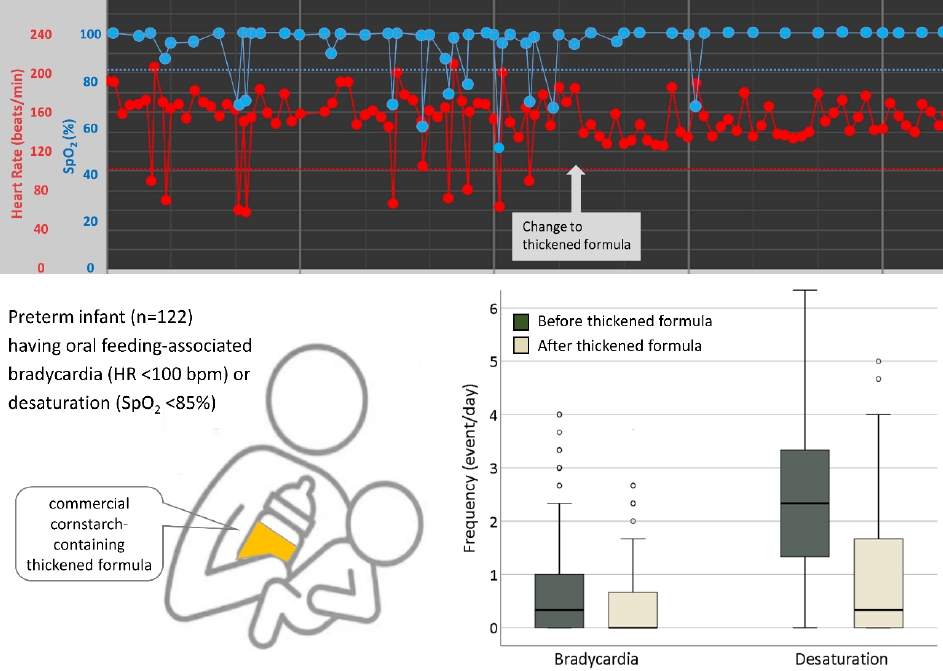
Question: Is a commercial thickened formula able to alleviate oral feeding-associated desaturation and bradycardia in preterm infants?
Finding: Thickened formula feeding significantly reduced oral feeding-associated desaturation and bradycardia in preterm infants.
Meaning: Thickened formula feeding stabilizes oxygen saturation and heart rate during oral feeding among preterm infants with feeding difficulties.
- Nutrition
- Not breastfeeding and risk of autism spectrum disorders among children: a meta-analysis
- Ensiyeh Jenabi, Saeid Bashirian, Amir Mohammad Salehi, Salman Khazaei
- Clin Exp Pediatr. 2023;66(1):28-31. Published online July 19, 2022
-
This study aimed to determine whether there is an association between not breastfeeding (versus breastfeeding) and the risk of autism spectrum disorders (ASD) among children. We found that the risk of ASD associated with not breastfeeding had an odds ratio of 1.81 (95% confidence interval, 1.35–2.27; I2=0 %). These findings suggest the importance of breastfeeding in decreasing the risk of ASD among children.
- Pulmonology
- Predictors of high-flow nasal cannula failure in pediatric patients with acute respiratory distress
- Kantara Saelim, Busawan Thirapaleka, Kanokpan Ruangnapa, Pharsai Prasertsan, Wanaporn Anuntaseree
- Clin Exp Pediatr. 2022;65(12):595-601. Published online November 1, 2022
-
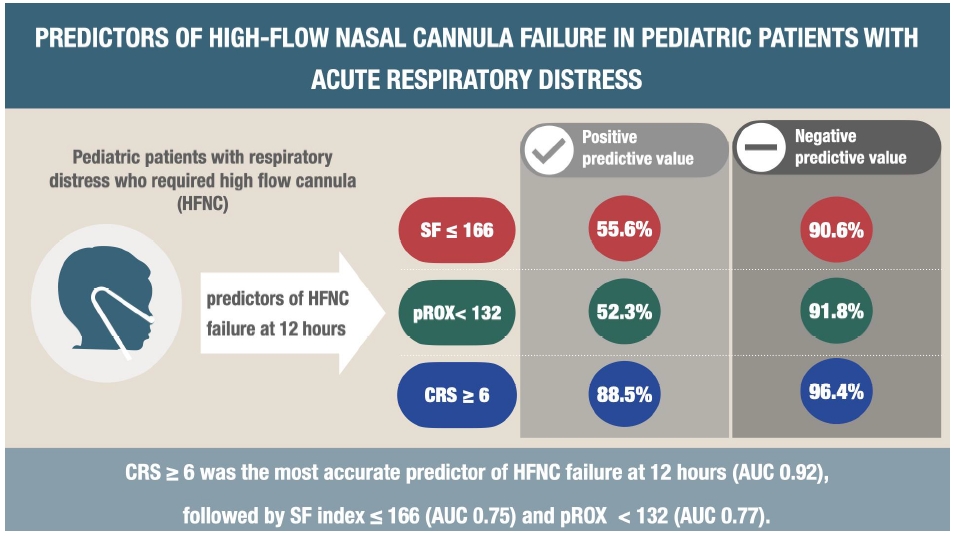
SpO2/FiO2 ratio ≤166, pediatric respiratory rate-oxygenation index <132, and clinical respiratory score ≥6 at 12 hours after high-flow nasal cannula (HFNC) initiation were useful bedside predictors for HFNC failure in pediatric patients.
- Gastroenterology
- Ability of polymicrobial probiotic and mono-strain probiotic to reduce functional abdominal pain in children: a randomized clinical trial
- Seyed Sajad Jafari, Seyed Mojtaba Hashemi, Bahman Sadeghi, Amir Almasi-Hashiani
- Clin Exp Pediatr. 2022;65(12):589-594. Published online October 31, 2022
-
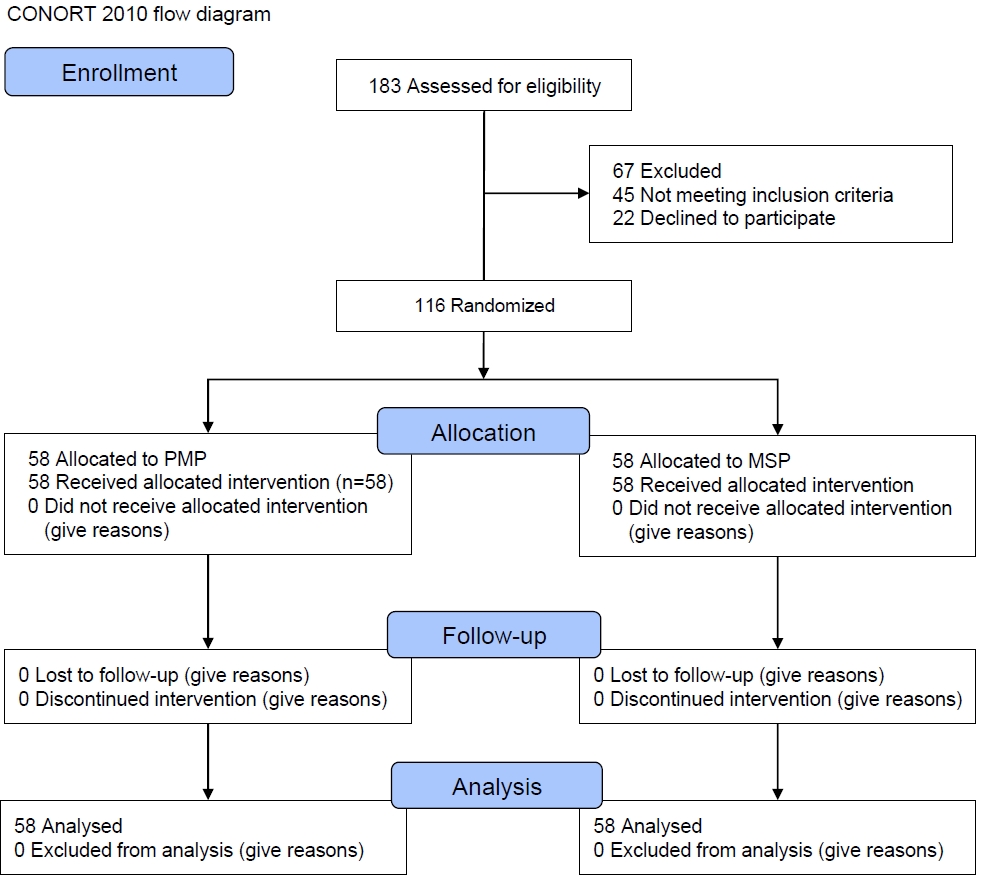
· This study compared the ability of 2 probiotics to reduce and improve functional abdominal pain (FAP) in children.
· In the polymicrobial probiotic (PMP) group, 10.34% of children reported no pain; in the mono-strain probiotic (MSP) group, all patients reported low-degree pain. The mean pain score decreased significantly over time in both groups.
· The use of both PMP and MSP is recommended to reduce pain in patients with FAP.
- Probiotics added to maternal nutrition affect ınfantile colic symptoms and fecal microbiota profile: a single-blind randomized controlled study
- Aysu Yıldız Karaahmet, Gülümser Dolgun, Metehan Özen
- Clin Exp Pediatr. 2022;65(11):547-554. Published online September 23, 2022
-

Question: Do probiotics added to maternal nutrition affect infantile colic symptoms and intestinal microbiota?
Finding: Infants whose mothers ingested probiotics demonstrated decreased crying frequency and intensity and significantly increased bacterial diversity in the stools. The bacterial variety was substantially affected by the added probiotic product.
Meaning: The addition of probiotics to maternal nutrition in early infancy could play an important role in preventing infantile colic.
- Nutrition
- Survey of Korean pediatrician’s perceptions of barriers to and improvements in breastfeeding
- Seong Phil Bae, Woo Ryoung Lee, Won-Ho Hahn, Hye-Jung Shin, Young Min Ahn, Son Moon Shin, Yong Joo Kim, Ellen Ai-Rhan Kim, Youn Jeong Shin, Dae Yong Yi, Soon Min Lee, Juyoung Lee, Jin A Lee, Sung-Hoon Chung, Euiseok Jung, Eui Kyung Choi, Ju Sun Heo
- Clin Exp Pediatr. 2022;65(11):540-546. Published online July 29, 2022
-
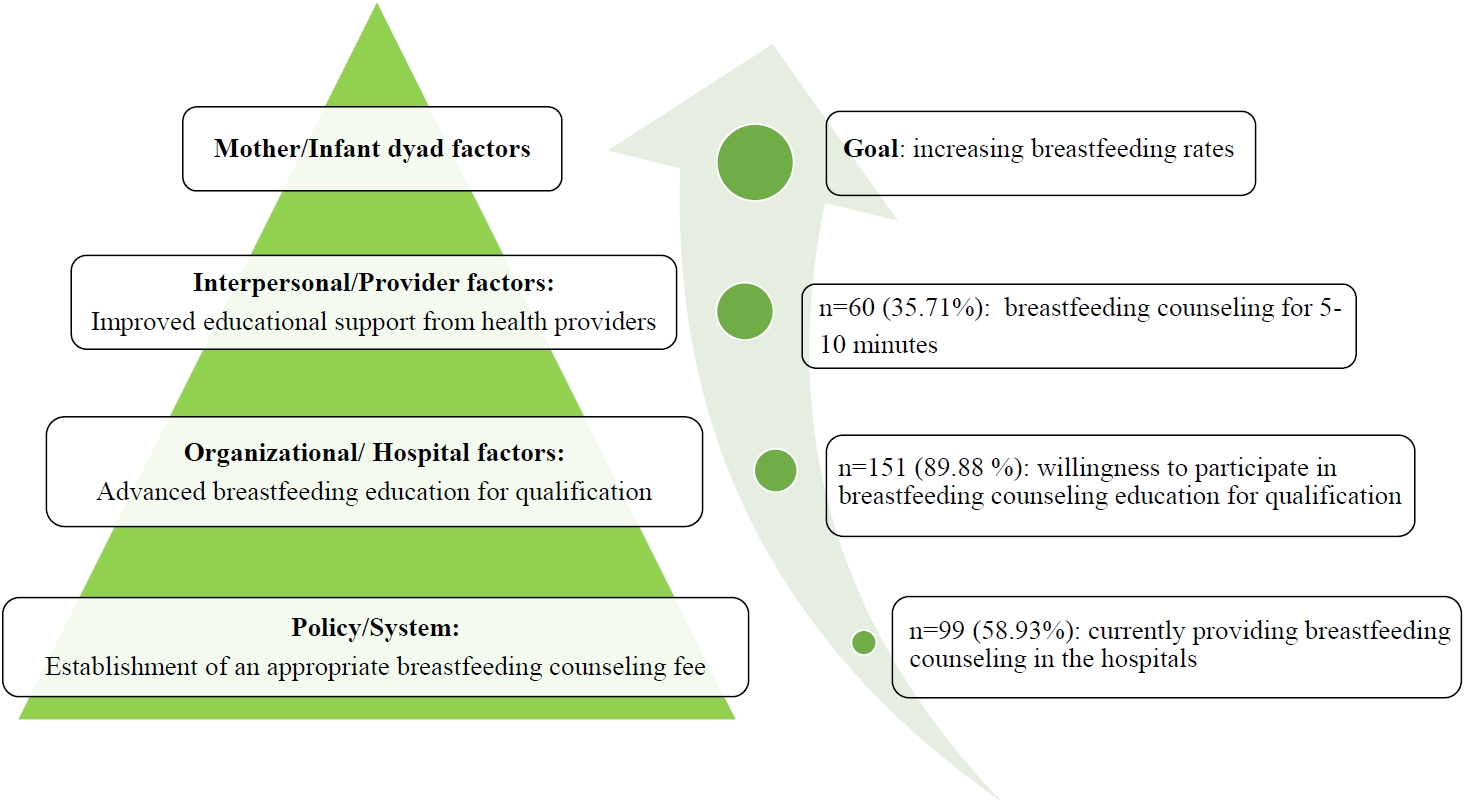
Question: What barriers to breastfeeding do Korean pediatricians perceive?
Finding: Regardless of medical institution, breastfeeding counseling for parents is currently limited, and breastfeeding is commonly discontinued due to various maternal and neonatal factors.
Meaning: To promote breastfeeding, increasing pediatrician participation in breastfeeding counseling with the establishment of appropriate breastfeeding counseling fees and the expansion of practical and high-quality breastfeeding education for medical staff should be considered.
- Neonatology (Perinatology)
- Mediation effect of cord blood cortisol levels between maternal prepregnancy body mass index and birth weight: a hospital-based cross-sectional study
- Nisanth Selvam, Jayashree K, Prasanna Mithra
- Clin Exp Pediatr. 2022;65(10):500-506. Published online July 29, 2022
-
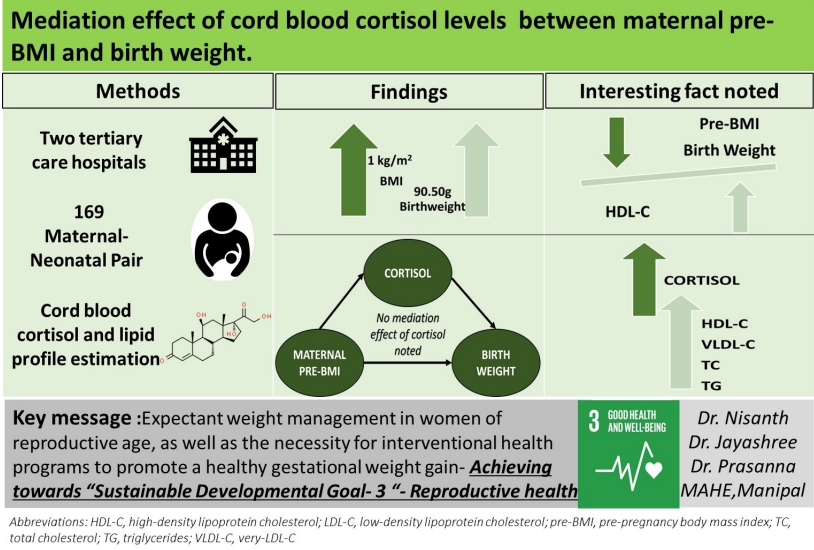
Question: What is the association between cord blood cortisol and maternal weight, birth weight, and cord blood lipid profile?
Finding: Cord blood cortisol levels did not influence the relationship between maternal weight changes or birth weight. Maternal weight changes, birth weight, and cortisol levels altered the cord blood lipid profile.
Meaning: Our findings may aid United Nations Sustainable Development Goal 3 (Good Health and Well-Being) achievement by 2030.
- Other
- Plastic bottle feeding produces changes in biochemical parameters in human infants – A pilot study
- Mahendra K. Pant, Abul. H. Ahmad, Manisha Naithani, Jayanti Pant
- Clin Exp Pediatr. 2022;65(9):459-465. Published online May 19, 2022
-
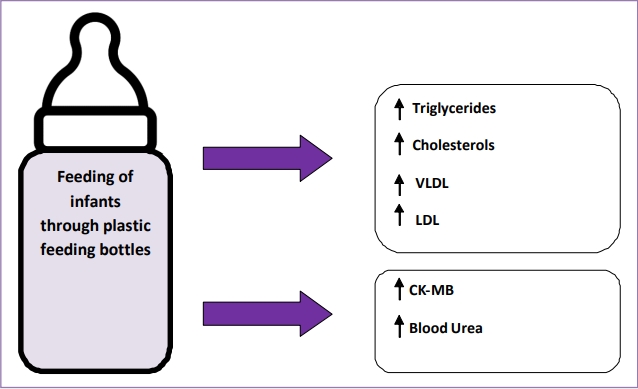
Question: Plastic feeding bottles are used commonly to feed infants who cannot be breastfeed. Does plastic bottle feeding produce biochemical changes in infants?
Finding: The plastic bottles leach out endocrine disruptors and affects bodily functions in terms of biochemical alterations like increased blood urea, raised creatine-kinase–MB levels, and altered lipid profile in infants exposed to bottle feeding.
Meaning: Plastic bottles feeding alters bodily functions in infants.
- Oncology
- Treatment outcomes of high-dose chemotherapy plus stem cell rescue in high-risk neuroblastoma patients in Thailand
- Kunanya Suwannaying, Piti Techavichit, Patcharee Komvilaisak, Napat Laoaroon, Nattee Narkbunnam, Kleebsabai Sanpakit, Kanhatai Chiengthong, Thirachit Chotsampancharoen, Lalita Sathitsamitphong, Chalongpon Santong, Panya Seksarn, Suradej Hongeng, Surapon Wiangnon
- Clin Exp Pediatr. 2022;65(9):453-458. Published online May 24, 2022
-

Question: This study aimed to elucidate the outcomes of high-risk neuroblastoma (HR-NB) patients treated with high-dose chemotherapy and stem cell rescue without immunotherapy.
Finding: The 5-year overall survival and event-free survival rates were 45.1% and 40.4%, respectively.
Meaning: High-dose chemotherapy plus stem cell rescue followed by cis-retinoic acid for 12 months is well tolerated and could improve survival in patients with HR-NB in limited resource settings.
- Cardiology
- Early myocardial functional abnormalities in primary dyslipidemia: clinical and echocardiographic observations in young children from a highly consanguineous population
- Nehal M. El-koofy, Aya M. Fattouh, Areef Ramadan, Mohamed A. Elmonem, Dina H. Hamed
- Clin Exp Pediatr. 2022;65(8):410-416. Published online December 8, 2021
-
In children with primary dyslipidemia, functional myocardial abnormalities can occur at young age, including diastolic functional impairment of both ventricles and narrowing of the aortic valve and the sinus of Valsalva. Echocardiographic evaluations of high-risk children may be as important as biochemical evaluations.
- Hematology
- Effect of cyclic pamidronate administration on osteoporosis in children with β-thalassemia major: a single-center study
- Mahmoud A. El-Hawy, Nagwan Y. Saleh
- Clin Exp Pediatr. 2022;65(8):405-409. Published online June 7, 2022
-
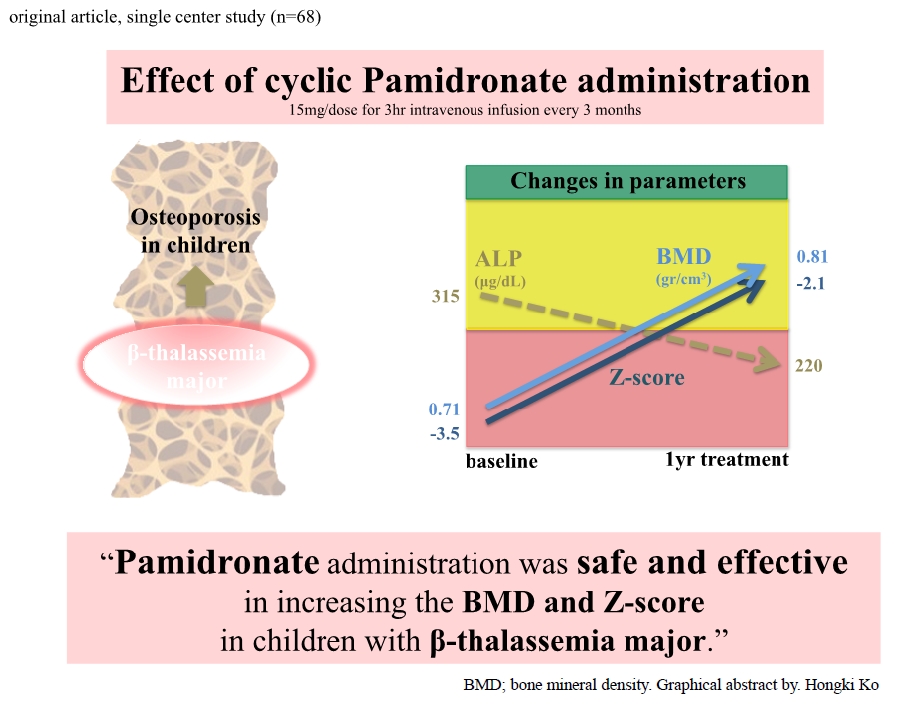
Question: What is the effect of cyclic pamidronate administration on osteoporosis in children with β-thalassemia major?
Finding: The dual-energy x-ray absorptiometry scan findings of children with β-thalassemia major and osteoporosis were improved after pamidronate administration.
Meaning: Cyclic pamidronate effectively treated osteoporosis in children with β-thalassemia major.
- Infection
- Role of lung ultrasound patterns in monitoring coronavirus disease 2019 pneumonia and acute respiratory distress syndrome in children
- Satyabrata Roychowdhoury, Subhajit Bhakta, Manas Kumar Mahapatra, Saptarshi Ghosh, Sayantika Saha, Mithun Chandra Konar, Mihir Sarkar, Mousumi Nandi
- Clin Exp Pediatr. 2022;65(7):358-366. Published online May 13, 2022
-
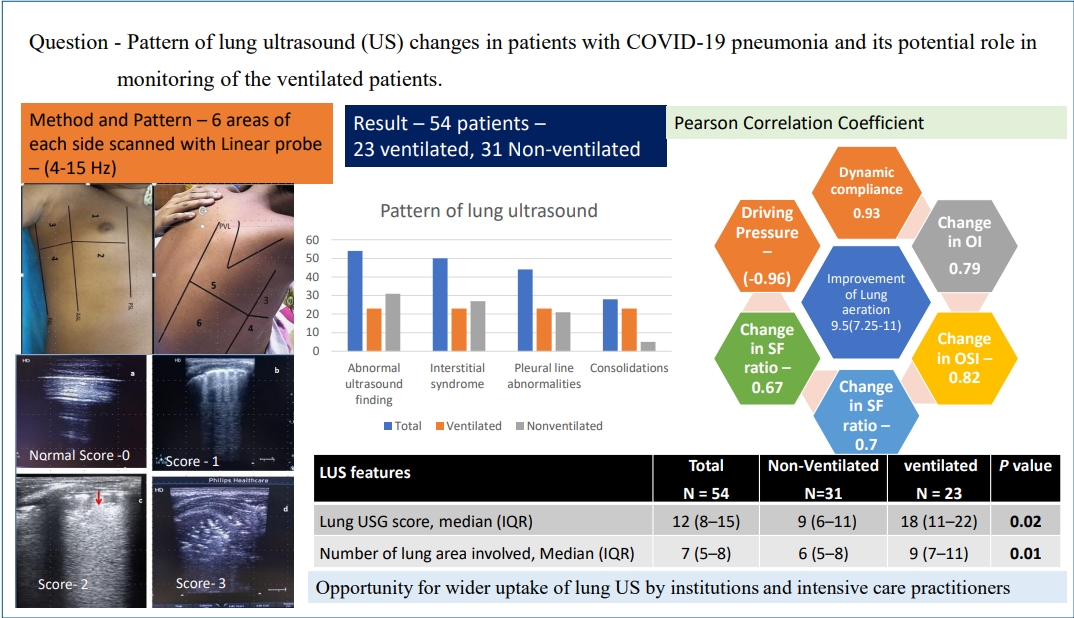
Question: Potential role of patterns of lung ultrasonography (US) in monitoring changes in mechanically ventilated patients with coronavirus disease 2019 (COVID-19) pneumonia.
Finding: Interstitial syndrome, an irregular pleural line, and peripheral microconsolidation were the most prevalent findings. Changes in lung aeration after mechanical ventilation corelated with improved oxygenation. A fall in lung ultrasound reaeration score ≤ 5 may predict successful weaning.
Meaning: Lung US is gaining wider utility for monitoring COVID-19 pneumonia.
- Neonatology (Perinatology)
- Neonatal sepsis-causing bacterial pathogens and outcome of trends of their antimicrobial susceptibility a 20-year period at a neonatal intensive care unit
- Woo Sun Song, Hye Won Park, Moon Youn Oh, Jae Young Jo, Chae Young Kim, Jung Ju Lee, Euiseok Jung, Byong Sop Lee, Ki-Soo Kim, Ellen Ai-Rhan Kim
- Clin Exp Pediatr. 2022;65(7):350-357. Published online December 9, 2021
-
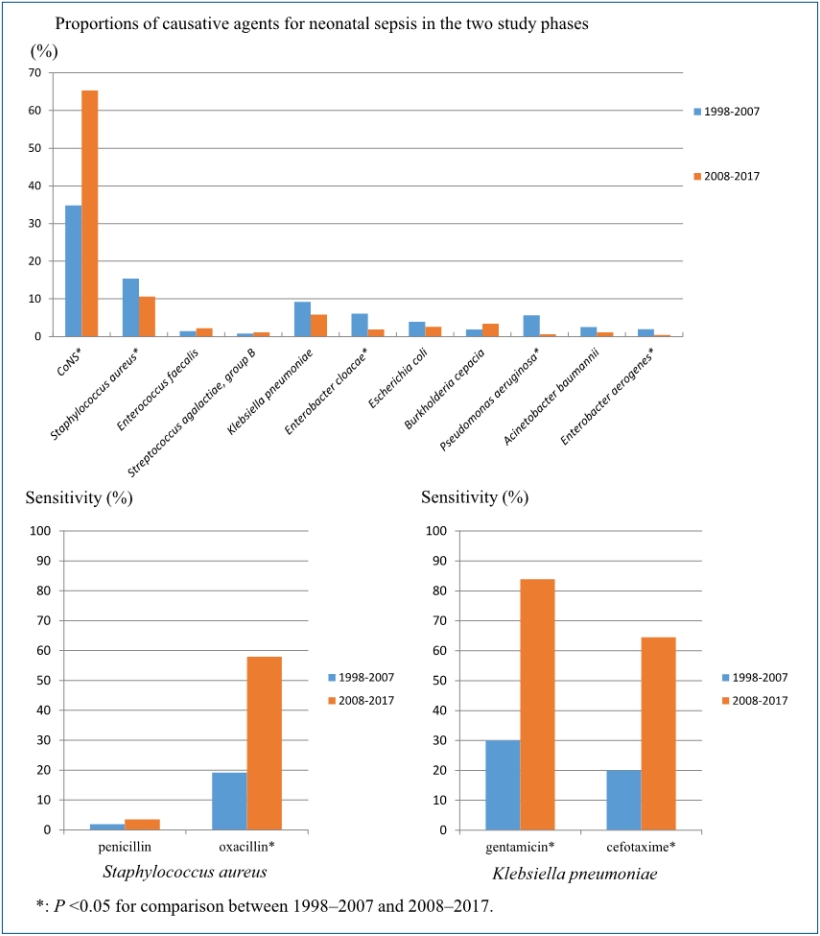
Question: What is prevalence of bacterial pathogens causing sepsis and their antimicrobial susceptibility over 20 years?
Finding: Coagulase-negative remains most common causative organism. The most common gram-negative organism was Klebsiella pneumonia. The susceptibility of staphylococcus aureus and K. pneumonia showed increased susceptability to oxacillin, cefotaxime and amikacin, gentamicin, respectively.
Meaning: Answers to the question asked is important in choosing antimicrobials and to monitor emergence of multidrug-resistant organisms.
- Neurology
- Neurodevelopmental outcomes and comorbidities of children with congenital muscular torticollis: evaluation using the National Health Screening Program for Infants and Children database
- Og Hyang Kim, Seung Won Lee, Eun Kyo Ha, Ju Hee Kim, Yun Hye Jo, Seongyeong Rhie, Man Yong Han, Kyu Young Chae
- Clin Exp Pediatr. 2022;65(6):312-319. Published online December 9, 2021
-
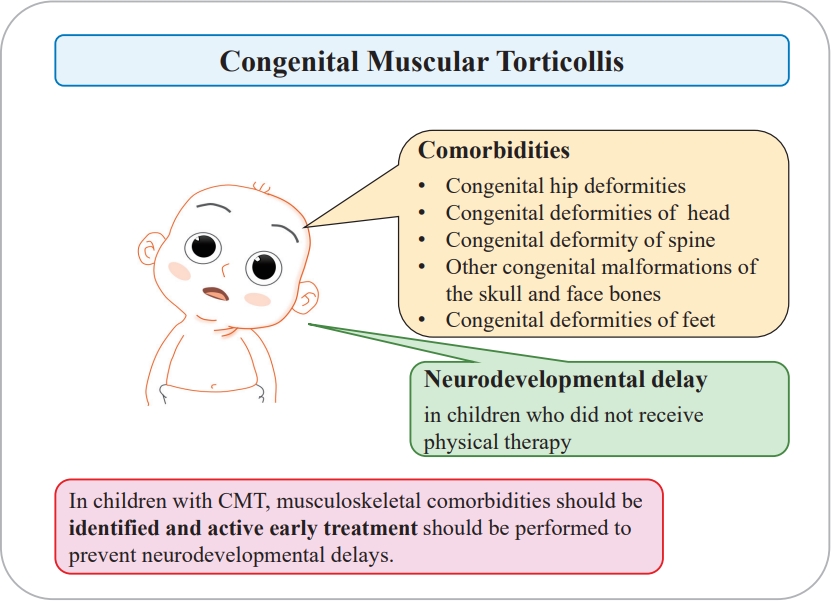
Question: What comorbidities are increased in children with congenital muscular torticollis (CMT)? Are there differences in the neurodevelopmental outcomes of children with CMT who received physical therapy versus those who did not?
Finding: The risk of congenital musculoskeletal deformities is increased in CMT. Children who did not receive physical therapy were at greater risk of neurodevelopmental delay.
Meaning: In CMT, musculoskeletal comorbidities should be identified and active early treatment provided.
- Endocrinology
- Effects of probiotics combined with dietary and lifestyle modification on clinical, biochemical, and radiological parameters in obese children with nonalcoholic fatty liver disease/nonalcoholic steatohepatitis: a randomized clinical trial
- Thushara Rodrigo, Samaranayake Dulani, Sumudu Nimali Seneviratne, Arjuna P. De Silva, Jerad Fernando, H. Janaka De Silva, Jayasekera , V. Pujitha Wickramasinghe
- Clin Exp Pediatr. 2022;65(6):304-311. Published online November 11, 2021
-
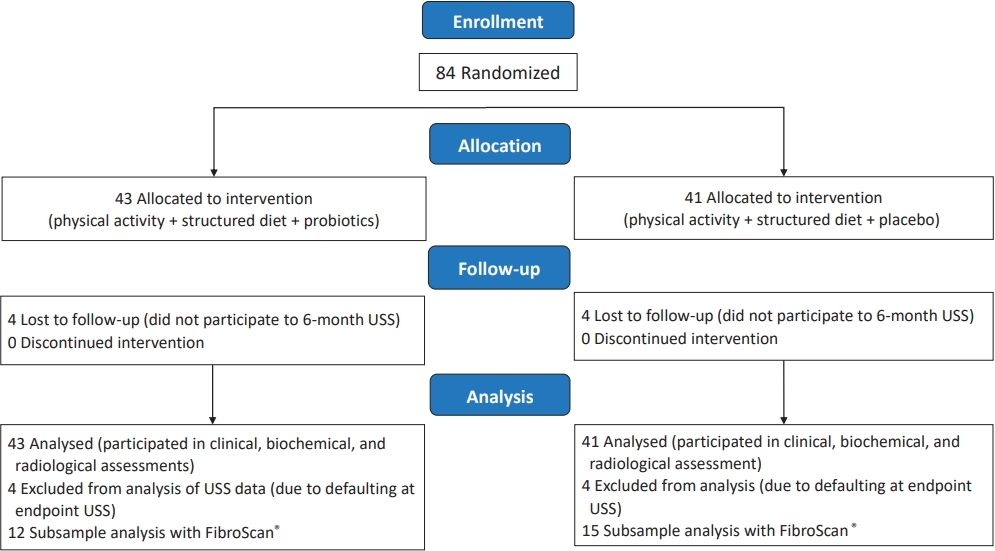
Question: Could probiotics be used as a therapeutic modality in nonalcoholic fatty liver disease/nonalcoholic steatohepatitis?
Finding: There seem no added advantages over lifestyle modifications compared to Probiotics.
Meaning: There does not seem to be an advantage of probiotics over lifestyle modifications in improving obesity-associated metabolic derangement in children.
- Other
- Risk factors and screening timing for developmental dysplasia of the hip in preterm infants
- Ga Won Jeon, Hye Jung Choo, Yong Uk Kwon
- Clin Exp Pediatr. 2022;65(5):262-268. Published online November 5, 2021
-
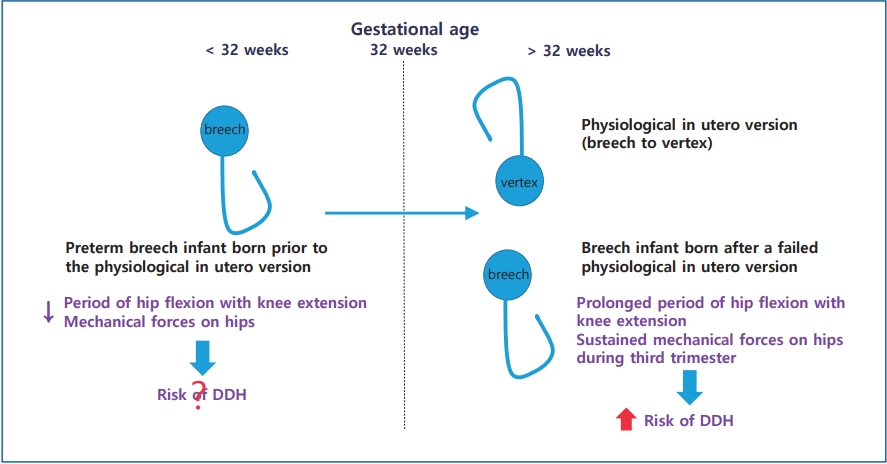
Question: When is the best screening timing and what is the risk factor for developmental dysplasia of the hip (DDH) in preterm infants?
Finding: Ultrasonography performed earlier than 38 weeks of postmenstrual age caused unnecessary subsequent ultrasonography. DDH did not occur predominantly on the left side or in breech infants.
Meaning: The screening timing, etiology, and risk factors for DDH in preterm infants are somewhat different from those in term infants.
- General Pediatrics
- Effect of 2–6 weeks of systemic steroids on bone mineral density in children
- Athira Kuniyil, Somdipa Pal, Namrita Sachdev, Tribhuvan Pal Yadav
- Clin Exp Pediatr. 2022;65(5):254-261. Published online November 18, 2021
-

Question: Does steroid use for 2–6 weeks in children affect bone mineral content (BMC) or density (BMD)?
Finding: Steroid use for 2–6 weeks significantly decreased BMC and BMD of the whole body, total body less the head, lumbar spine, and distal radius. A significant negative correlation was observed among BMD, duration, and cumulative dose.
Meaning: Steroid use for 2–6 weeks in children negatively affected BMC and BMD.
- Early initiation of breastfeeding and factors associated with its delay among mothers at discharge from a single hospital
- J. Jenifer Florence Mary, R. Sindhuri, A. Arul Kumaran, Amol R. Dongre
- Clin Exp Pediatr. 2022;65(4):201-208. Published online October 18, 2021
-
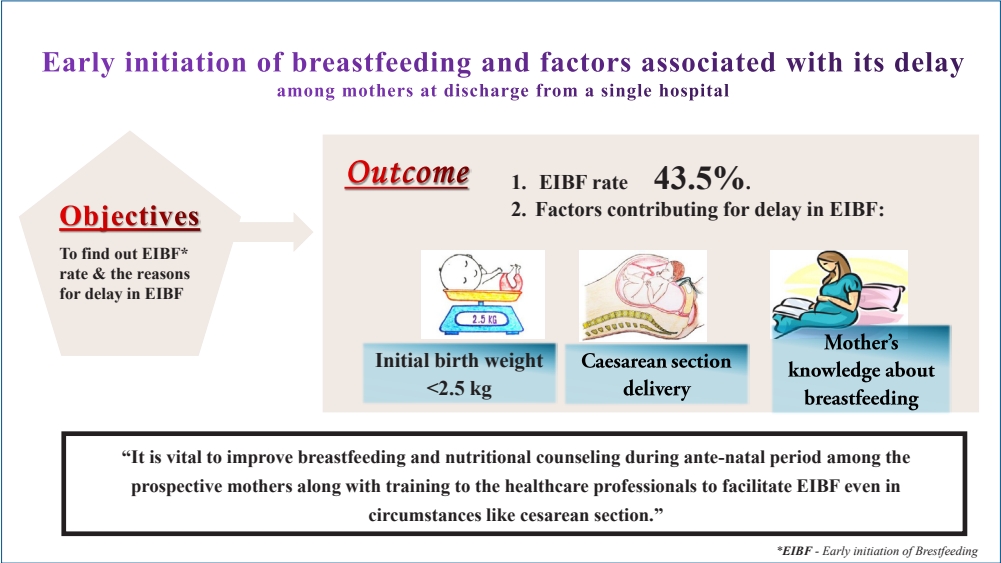
Background: According to the National Family Health Survey– 4, in India, 78.9% of deliveries occur in institutions, although only 42.6% of new mothers initiate breastfeeding within 1 hour of delivery.
Purpose: To estimate the proportion of early initiation of breastfeeding (EIBF) among new mothers at discharge from a tertiary care hospital and identify the determinants of delayed initiation of breastfeeding among...
- Emergency Medicine
- Nonfatal injuries in Korean children and adolescents, 2007–2018
- Gyu Min Yeon, Yoo Rha Hong, Seom Gim Kong
- Clin Exp Pediatr. 2022;65(4):194-200. Published online September 9, 2021
-

Question: How many children and adolescents have experienced nonfatal injuries in the previous year?
Finding: Among Korean children and adolescents, 8.1% experienced at least one injury per year. We found no significant change in the incidence of injuries over the previous 12 years.
Meaning: The incidence of injuries is higher than this estimation; therefore, more attention and effort are needed to prevent injuries among children and adolescents.
- Neonatology (Perinatology)
- Comparison of minimally invasive surfactant therapy with intubation surfactant administration and extubation for treating preterm infants with respiratory distress syndrome: a randomized clinical trial
- Mohammad Kazem Sabzehei, Behnaz Basiri, Maryam Shokouhi, Sajad Ghahremani, Ali Moradi
- Clin Exp Pediatr. 2022;65(4):188-193. Published online July 28, 2021
-
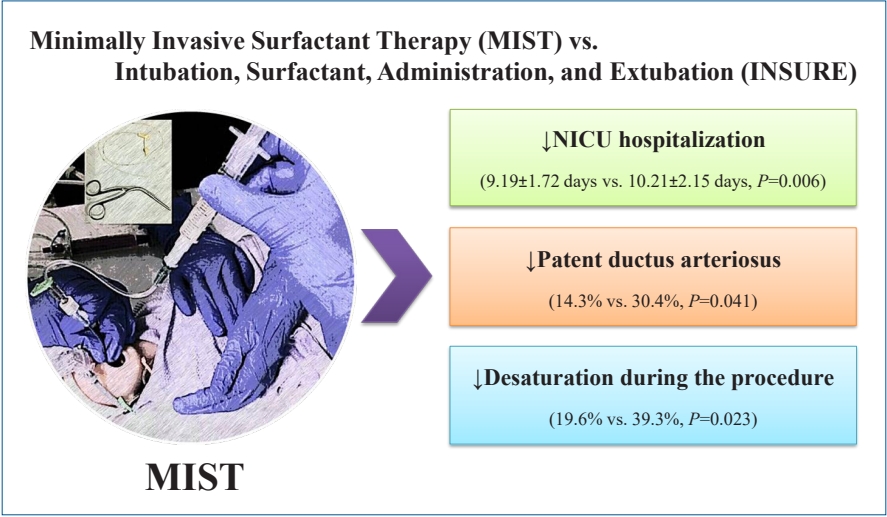
Question: Are the short-term outcomes of minimally invasive surfactant therapy (MIST) relatively superior to those of INtubation, SURfactant administration, and Extubation (INSURE) in preterm infants with respiratory distress syndrome (RDS)?
Finding: MIST could be an appropriate substitution for INSURE in preterm infants with RDS since it reduced hospitalization time and number of side effects.
Meaning: MIST is recommended for surfactant administration for its proven advantages over the INSURE technique.
- General Pediatrics
- Gross motor dysfunction and balance impairments in children and adolescents with Down syndrome: a systematic review
- Preyal D. Jain, Akshatha Nayak, Shreekanth D. Karnad, Kaiorisa N. Doctor
- Clin Exp Pediatr. 2022;65(3):142-149. Published online June 11, 2021
-
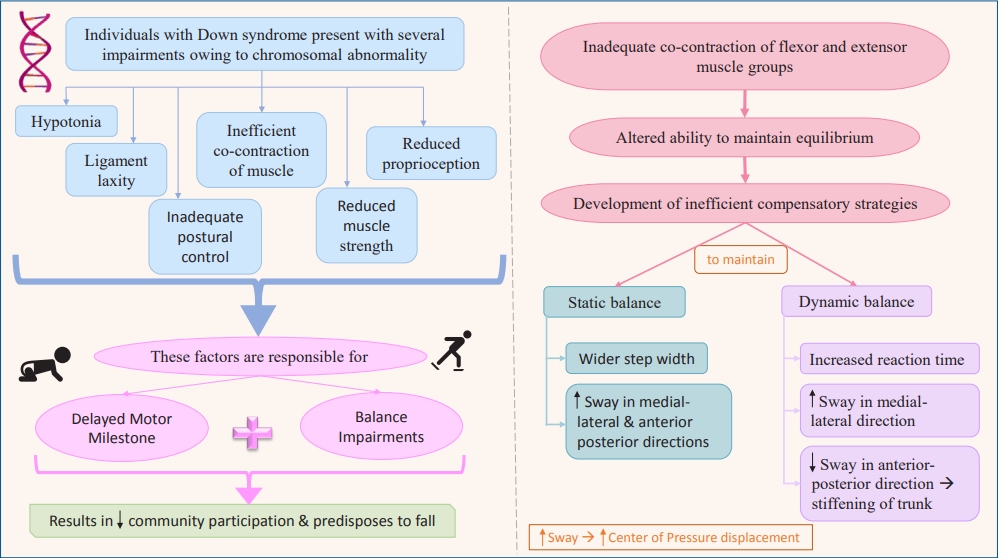
Question: What are the primary motor and balance dysfunctions in children with Down syndrome?
Finding: These individuals have gross delays, altered balance, and inefficient compensatory mechanisms.
Meaning: Neuromuscular and musculoskeletal impairments due to the chromosomal abnormality lead to developmental delay. These children also exhibit poor balance with greater instability and inefficient compensatory mechanisms including altered center of pressure displacement and trunk stiffening that predisposes them to falls.
- Pulmonology
- Modified high-flow nasal cannula for children with respiratory distress
- Sarocha Itdhiamornkulchai, Aroonwan Preutthipan, Jarin Vaewpanich, Nattachai Anantasit
- Clin Exp Pediatr. 2022;65(3):136-141. Published online May 24, 2021
-
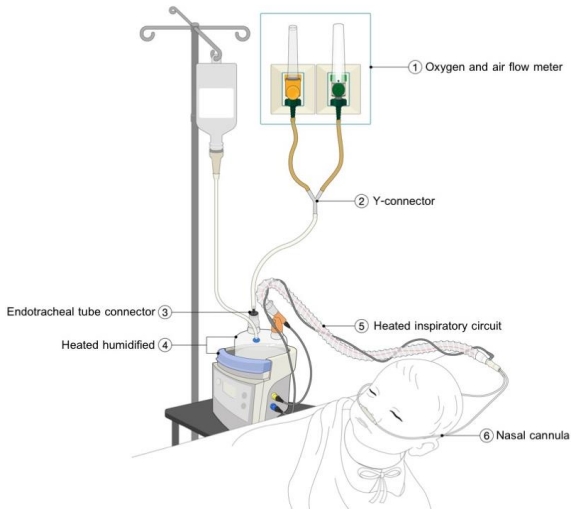
Question: Can the modified high-flow nasal cannula (HFNC) provide alternative respiratory support for children with acute respiratory distress?
Finding: A total of 74 patients were assigned to the modified or commercial HFNC groups. The intubation rate, length of hospital stay, and adverse events did not differ between the 2 groups.
Meaning: The modified HFNC can provide alternative respiratory support for pediatric respiratory distress.
- Neonatology (Perinatology)
- Is fetal nuchal cord associated with autism spectrum disorder? A meta-analysis
- Ensiyeh Jenabi, Maryam Ahmadi, Azam Maleki
- Clin Exp Pediatr. 2022;65(3):131-135. Published online September 24, 2021
-
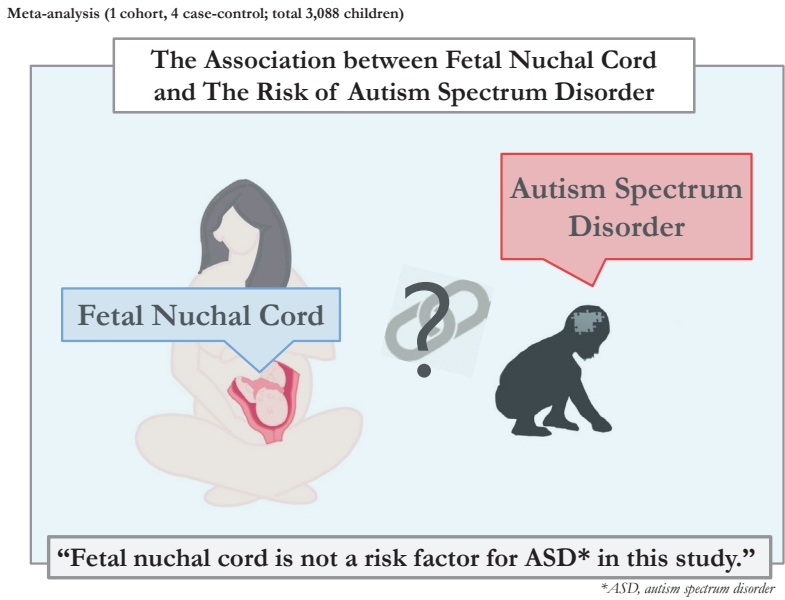
Question: Is fetal nuchal cord a risk factor for autism spectrum disorder (ASD)?
Finding: Five articles (1 cohort, 4 case-control; total 3,088 children) were included in the present meta-analysis. Fetal nuchal cord was not a risk factor for ASD (odds ratio, 1.11; 95% confidence interval, 0.66–1.57). There was homogeneity among studies that reported a risk of ASD (I2=0.0).
Meaning: Fetal nuchal cord is not a risk factor for ASD.
- Developmental and Behavioral Medicine
- Effectiveness of obesity interventions among South Korean children and adolescents and importance of the type of intervention component: a meta-analysis
- Siyoung Choe, Jaesin Sa, Jean-Philippe Chaput, Deokjin Kim
- Clin Exp Pediatr. 2022;65(2):98-107. Published online November 23, 2021
-
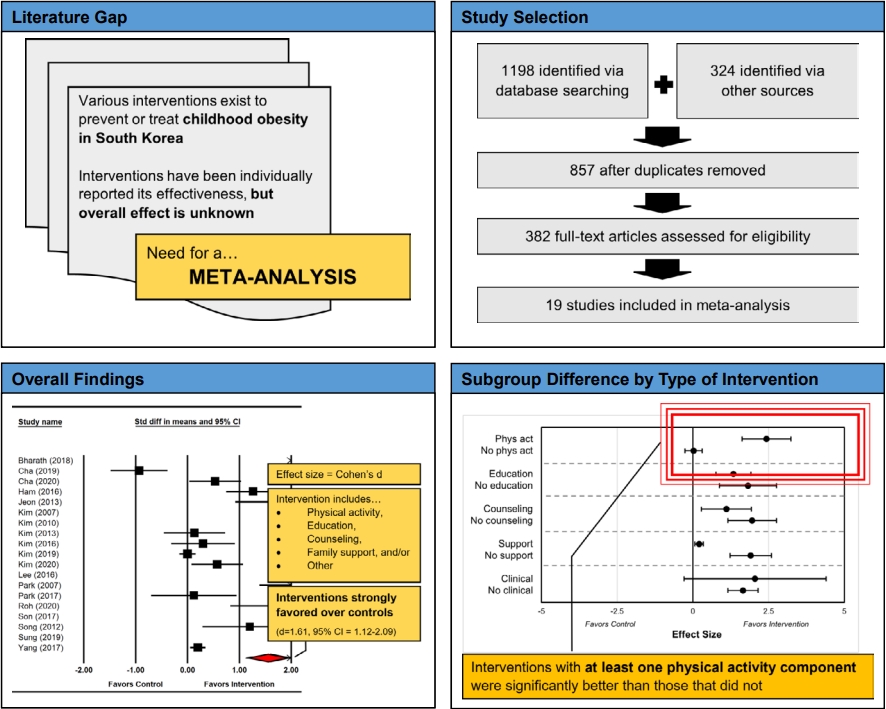
Question: What is the overall effect of obesity interventions among Korean children and what affects their effectiveness?
Finding: Interventions were strongly favored over controls. Interventions including at least one physical activity component were significantly better than those that did not. Sex, age, baseline weight category, intervention duration, and the number of intervention components were not significant.
Meaning: Future obesity interventions for Korean children must seek to include physical activity components.
- General Pediatrics
- Effect of maternal and child factors on stunting: partial least squares structural equation modeling
- Agus Santosa, Essa Novanda Arif, Dinal Abdul Ghoni
- Clin Exp Pediatr. 2022;65(2):90-97. Published online May 4, 2021
-
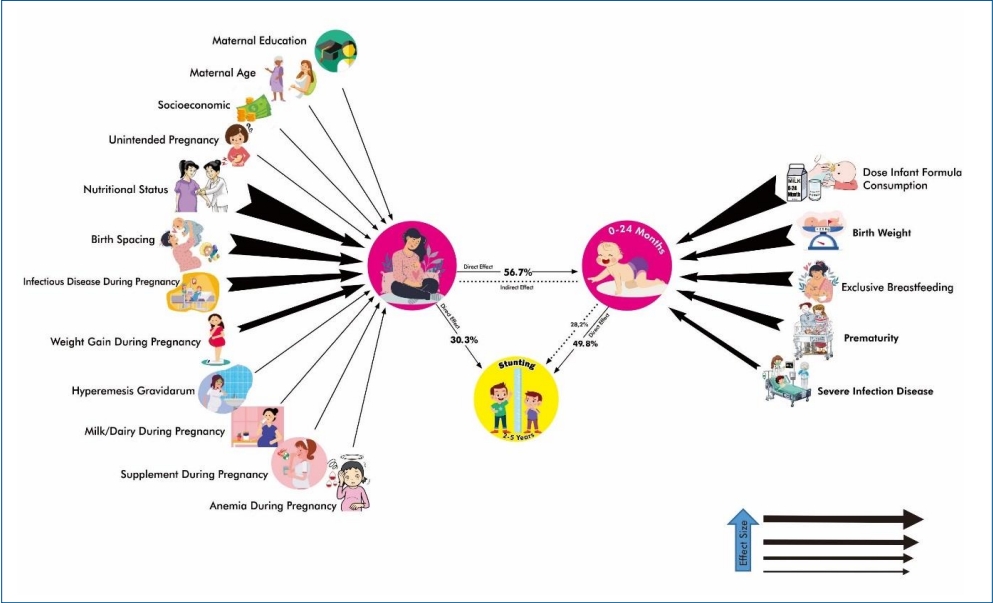
Question: What effects do maternal and child factors have on stunting? Are there significant indicators of stunting?
Finding: Child and maternal factors had 49.8% and 30.3% effects on stunting, respectively. The primary child factor was infant formula dose, while the primary maternal factor was nutritional status.
Meaning: More attention to nutritional status during pregnancy and ensuring the appropriate dose of infant formula at ages 6–24 months can prevent stunting.
- Endocrinology
- Association between polycystic ovary syndrome and risk of attention-deficit/hyperactivity disorder in offspring: a meta-analysis
- Azam Maleki, Saeid Bashirian, Ali Reza Soltanian, Ensiyeh Jenabi, Abdollah Farhadinasab
- Clin Exp Pediatr. 2022;65(2):85-89. Published online April 15, 2021
-

Question: Have polycystic ovary syndrome (PCOS) increased risk of having an offspring with attention-deficit/hyperactivity disorder (ADHD)?
Finding: Six articles (3 cohort and 3 case-control studies; 401,413 total ADHD cases) met the study criteria. Maternal PCOS was associated with an increased risk of ADHD in the offspring based on odds ratio (OR) and relative ratio (RR) (OR, 1.42; 95% confidence interval [CI], 1.27–1.57) and (RR, 1.43; 95% CI, 1.35–1.51), respectively.
Meaning: Our study showed that maternal PCOS is a risk factor for ADHD.
- Cardiology
- Vasovagal syncope with mild versus moderate autonomic dysfunction: a 13-year single-center experience
- Han Eoul Lee, Dong Won Lee
- Clin Exp Pediatr. 2022;65(1):47-52. Published online June 1, 2021
-
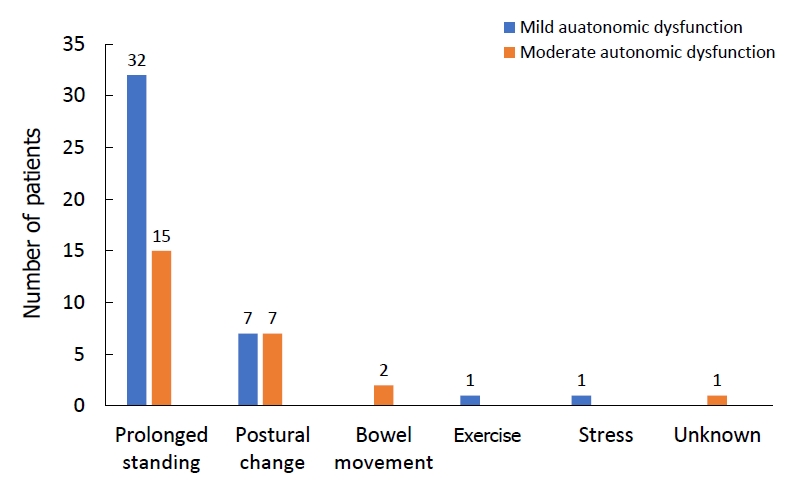
Question: It is well known that autonomic dysfunction contributes to vasovagal syncope (VVS). Does the degree of autonomic dysfunction contribute to clinical manifestations, diagnostic methods, treatment, and prognosis?
Finding: The clinical manifestations, diagnostic methods, treatment, and prognosis differ between patients with mild and moderate degrees of autonomic dysfunction.
Meaning: VVS is caused by autonomic dysfunction, but autonomic dysfunction severity need not be classified.
- General Pediatrics
- Global relationship between parent and child obesity: a systematic review and meta-analysis
- Ju Suk Lee, Mi Hyeon Jin, Hae Jeong Lee
- Clin Exp Pediatr. 2022;65(1):35-46. Published online March 29, 2021
-
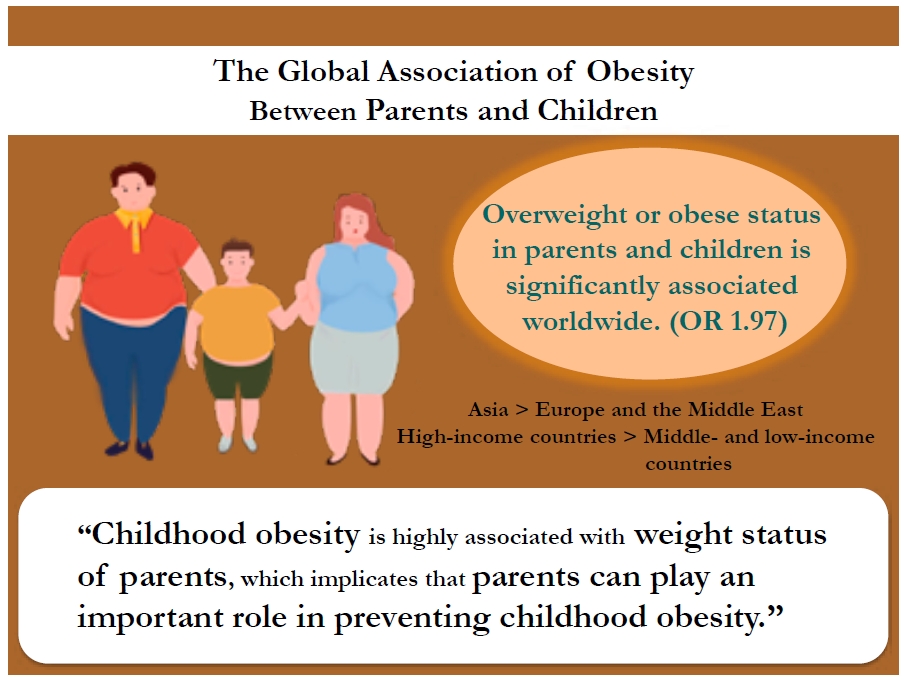
Question: Are parent and child obesity correlated worldwide?
Finding: Overweight and obese status of parents and children were significantly associated worldwide. The association between parent and child obesity was stronger in Asia than in Europe and the Middle East, and in high-income than in middle- and low-income countries.
Meaning: Childhood obesity is highly influenced by parental weight status, indicating that parents could play an important role in its prevention.
-

-
-

-

-
Impact Factor4.2
-
6.52022CiteScore92nd percentilePowered by







